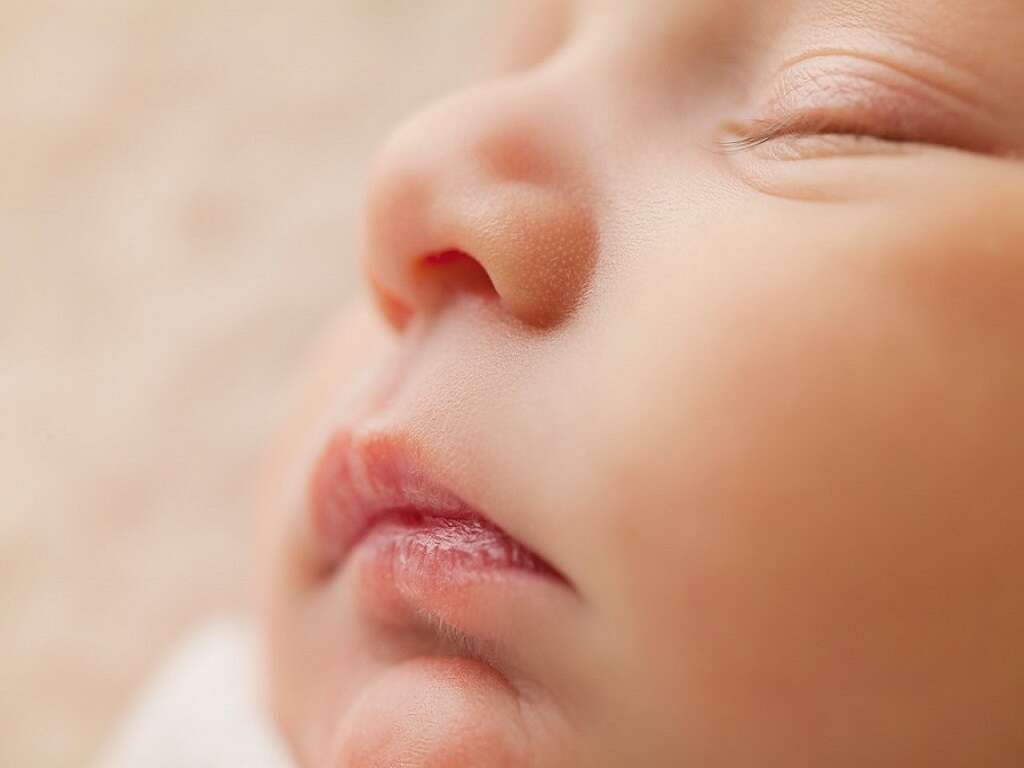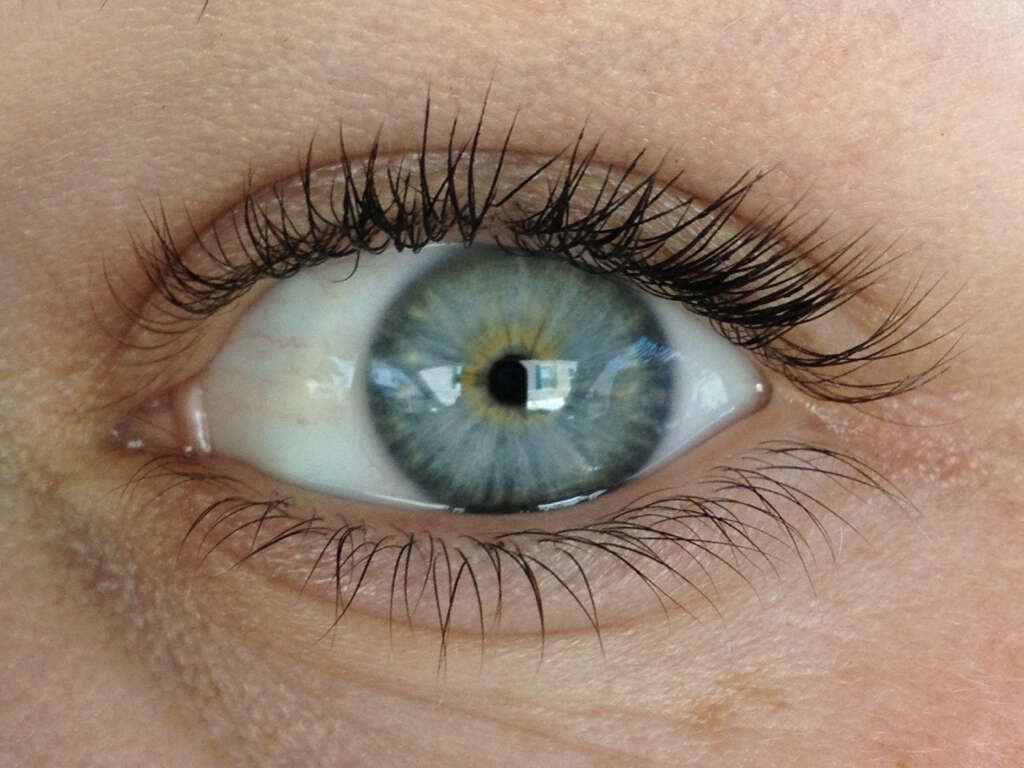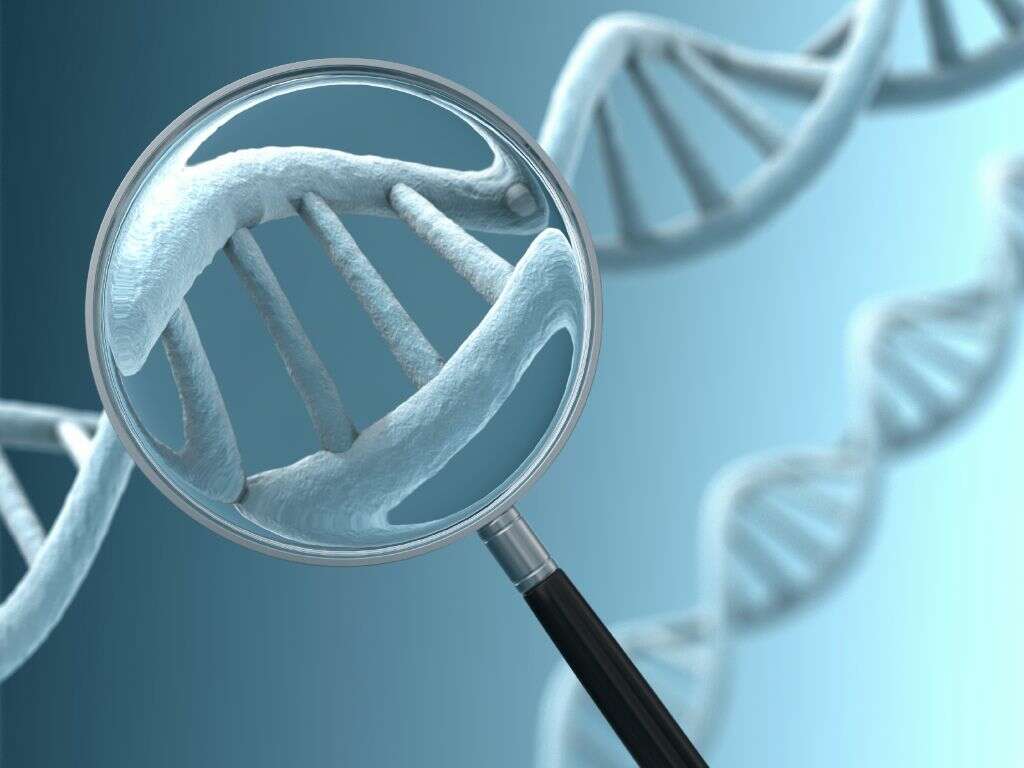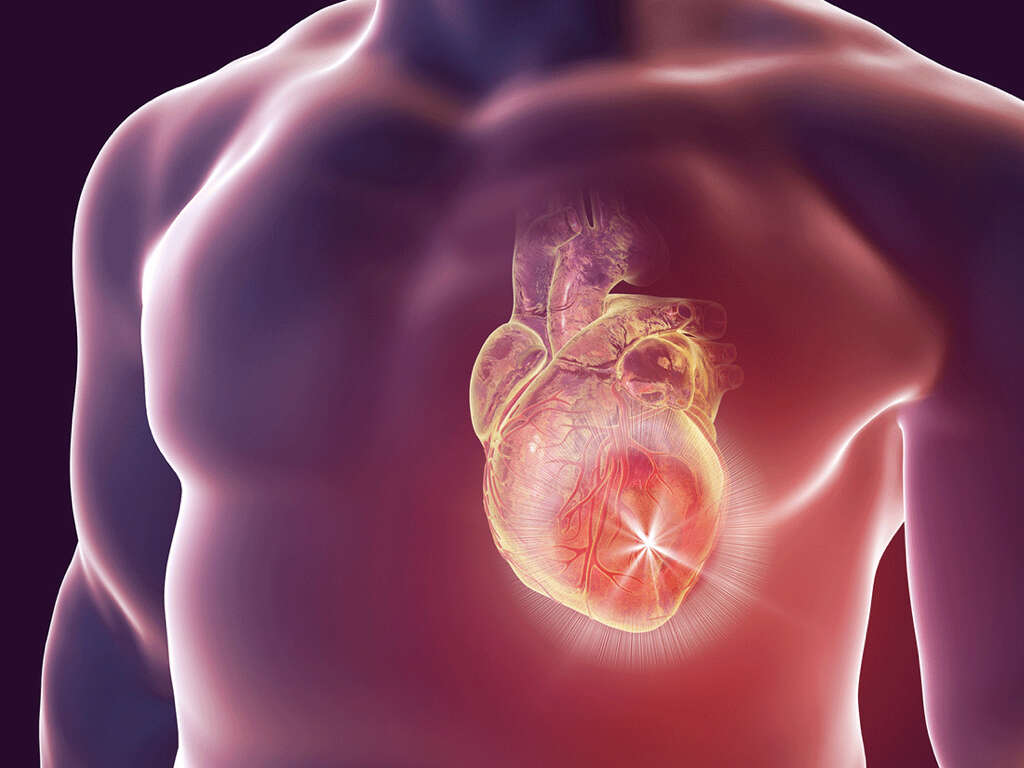10 Cleidocranial Dysplasia FAQs
 Article Sources
Article Sources
- 1. 'Cranial Sutures: MedlinePlus Medical Encyclopedia.' MedlinePlus - Health Information from the National Library of Medicine, 4 May 2021, medlineplus.gov/ency/article/002320.htm
- 2. 'Cleidocranial Dysplasia.' Genetic and Rare Diseases Information Center, U.S. Department of Health & Human Services, 19 Aug. 2020, rarediseases.info.nih.gov/diseases/6118/cleidocranial-dysplasia
- 3. 'Cleidocranial Dysplasia: MedlinePlus Genetics.' MedlinePlus - Health Information from the National Library of Medicine, Genetics Home Reference, 18 Aug. 2020, medlineplus.gov/genetics/condition/cleidocranial-dysplasia/#causes
Parents pass on the traits and characteristics to their children through genes. At times, there may be a mutation in the genes causing a medical disorder, also called a genetic disorder. Cleidocranial dysplasia is a rare genetic disorder also known as cleidocranial dysostosis, dento-osseous dysplasia and Maria-Sainton syndrome. It's inherited in an autosomal dominant pattern.
Cleidocranial dysplasia mainly affects teeth and bones, including the skull, face, spine, collarbones and legs. People living with cleidocranial dysplasia may have malformed, brittle or missing bones, such as the collarbone. Although it's a genetic disorder, cleidocranial dysplasia may present with a variety of symptoms and severity in families.

How Does Cleidocranial Dysplasia Affect the Skull and Face?
A person living with cleidocranial dysplasia may suffer from nonclosure of the spaces between the bones making up the skull, called fontanels. The spaces may also be wider than normal fontanelles. Fontanelles come together and completely close by the time a baby is approximately 18 months old but may not close until adulthood in patients with cleidocranial dysplasia.1‘Cranial Sutures: MedlinePlus Medical Encyclopedia.’ MedlinePlus - Health Information from the National Library of Medicine, 4 May 2021, medlineplus.gov/ency/article/002320.htm
Other facial bone abnormalities might include an unusually large forehead, a broad face, wide-set eyes, an exaggerated chin and a small upper jaw. The lower jawbones sometimes fail to connect for people with cleidocranial dysplasia, and some patients may have a bulging skull cap.

How Does Cleidocranial Dysplasia Affect Teeth?
Dental problems commonly seen in patients with cleidocranial dysplasia include delayed infant teeth formation, missing teeth or extra teeth. Delayed adult teeth formation occurs, and some could form into unusual shapes.
Cleidocranial dysplasia may cause a misalignment of the jaw, which affects the location of teeth. This misalignment typically interrupts occlusion, which is the upper and lower teeth coming together when the mouth is closed. Other dental issues might include malformed dental roots and crowns and more dental cavities compared with those without this condition.

Other Signs of Cleidocranial Dysplasia
People diagnosed with cleidocranial dysplasia may have undeveloped or missing collarbones causing atypical or misaligned muscles. Their shoulders appear narrow and will slump toward the chest area. Family members with this rare genetic disorder may also have short fingers, wide thumbs and short forearms.
The lower body may include abnormalities such as flat feet, knock knees and scoliosis of the spine. These bone conditions may cause some people to be three to six inches shorter than other family members with less severe symptoms.

Additional Symptoms of Cleidocranial Dysplasia
The deformities caused by cleidocranial dysplasia often lead to other symptoms from affected parts of the body. Some people may be prone to frequent sinus and ear infections, respiratory issues and hearing loss. People with cleidocranial dysplasia may experience low bone density and develop arthritis early in life.
Additional dental problems may include cysts that form around displaced or unformed teeth. Some people develop a hole inside the top of the mouth, a cleft palate, or an exaggerated high-arch plate.

Who Gets Cleidocranial Dysplasia?
Genetic diseases, including cleidocranial dysplasia, are passed from parent to child and appear at birth or, on rare occasions, show up at any time without a genetic predisposition. Studies estimate that approximately one in every one million babies born has cleidocranial dysplasia.2‘Cleidocranial Dysplasia.’ Genetic and Rare Diseases Information Center, U.S. Department of Health & Human Services, 19 Aug. 2020, rarediseases.info.nih.gov/diseases/6118/cleidocranial-dysplasia
Families with occurrences of cleidocranial dysplasia have a mutation of their RUNX2 gene. This gene is referred to as a master switch responsible for encoding the proteins necessary for developing teeth, bones and cartilage.3‘Cleidocranial Dysplasia: MedlinePlus Genetics.’ MedlinePlus - Health Information from the National Library of Medicine, Genetics Home Reference, 18 Aug. 2020, medlineplus.gov/genetics/condition/cleidocranial-dysplasia/#causes

How is Cleidocranial Dysplasia Diagnosed?
Visible symptoms and a clinical examination are initial steps for diagnosing cleidocranial dysplasia. Additional testing to verify a diagnosis includes imaging, such as a series of X-rays of the skeletal system and dental X-rays, and genetic testing by a lab.
Because the symptoms vary in severity, babies born with mild symptoms may go without a diagnosis until they're older. Children born to a parent with a dominant genetic condition such as cleidocranial dysplasia have a 50 percent chance of developing the disease.2‘Cleidocranial Dysplasia.’ Genetic and Rare Diseases Information Center, U.S. Department of Health & Human Services, 19 Aug. 2020, rarediseases.info.nih.gov/diseases/6118/cleidocranial-dysplasia
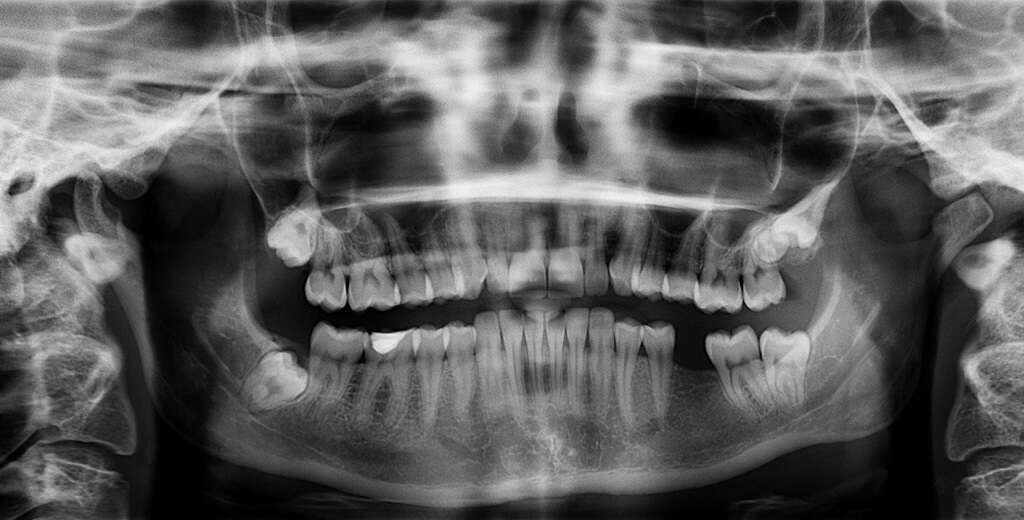
How Is Cleidocranial Dysplasia Treated?
Each individual with cleidocranial dysplasia requires a holistic management plan involving a team of physicians. Care plans focus on symptoms addressing skeletal and dental abnormalities, including orthodontics, infections or additional symptoms caused by abnormal bones.
Severe skeletal abnormalities or non-unions may require surgery in order to allow the patient mobility and use of limbs. Hearing loss may require hearing aids, and some people may need assistive devices to move and walk.

What Type of Doctors Treat Cleidocranial Dysplasia?
A team of doctors cares for a patient with cleidocranial dysplasia. It's good to have a primary care physician to treat general health concerns while working with the medical experts on the care team.
A dentist and orthodontist care for teeth, including those needing a root canal. An orthopedist cares for skeletal problems and any broken bones. If skull or face surgery is necessary, a craniofacial surgeon may be on the team. Other specialists may include an ENT doctor and an endocrinologist.
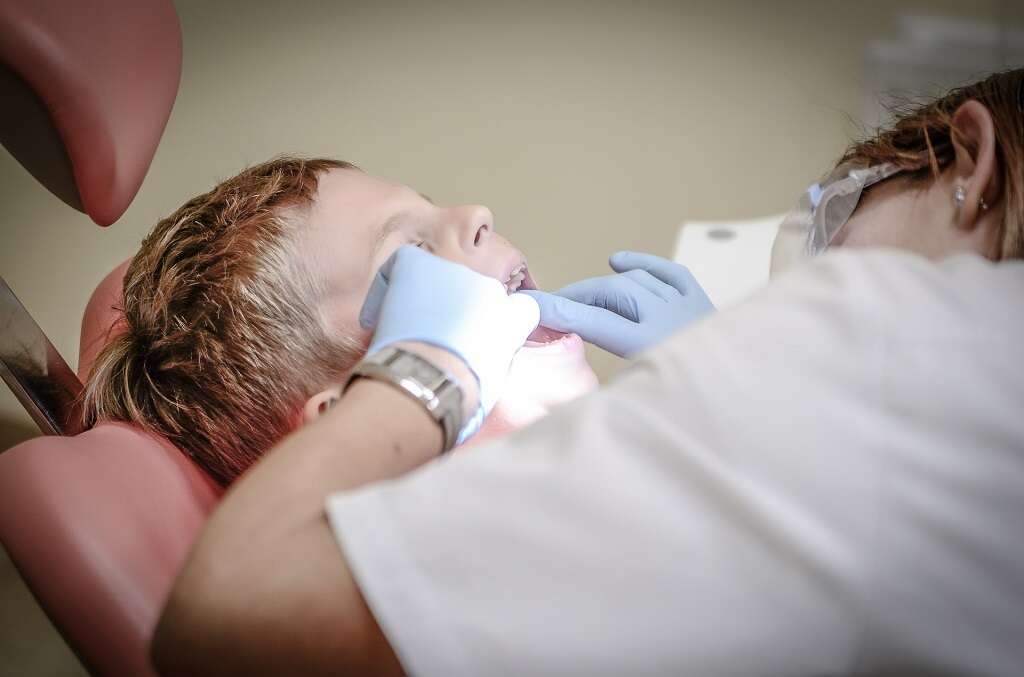
How Does Cleidocranial Dysplasia Affect Infants and Children?
Cleidocranial dysplasia may or may not show up in newborns. Signs and symptoms are different for everyone. Still, some children are born with noticeable deformities such as fontanels wider than normal, a missing clavicle, wide eyes or deformed fingers.
Besides the health concerns, many children contend with difficulty in school and society because of their appearance. It's advisable to encourage children to join in on activities with their peers. Health care teams are an excellent resource for parents who need help and advice.

What Is the Prognosis and Life Expectancy for People Living With Cleidocranial Dysplasia?
Individuals diagnosed with cleidocranial dysplasia need to cope with the disease daily. They typically deal with numerous medical appointments and testing, possible surgeries, dental procedures, infections and prescription medicines, and some people may have to use assistive devices to get around.
Still, these people can live a normal lifespan and possess average to superior intelligence regardless of their appearance. Children can grow and progress in school just like other children, despite their health challenges.



